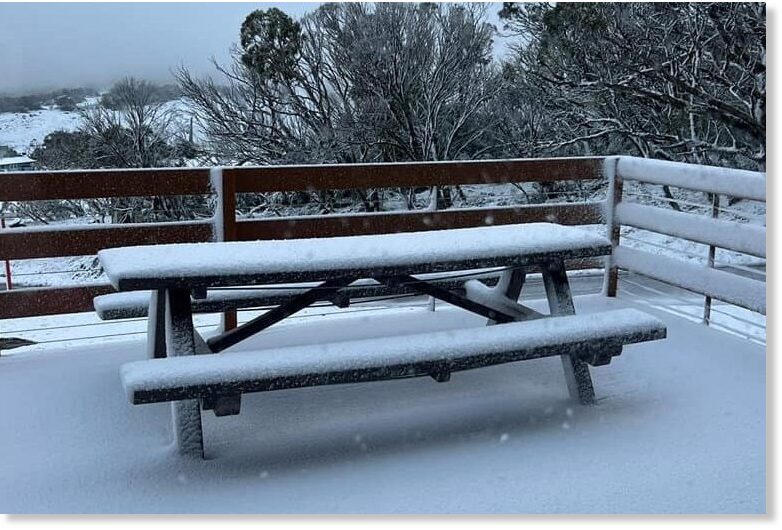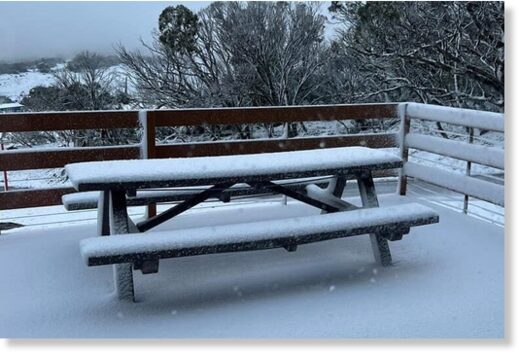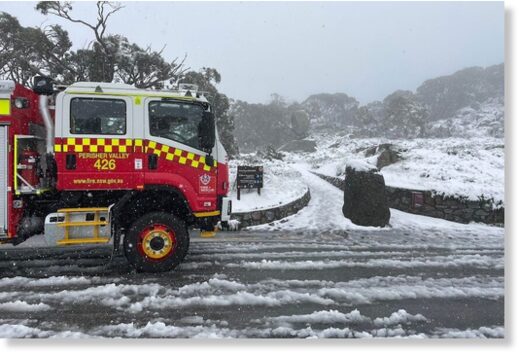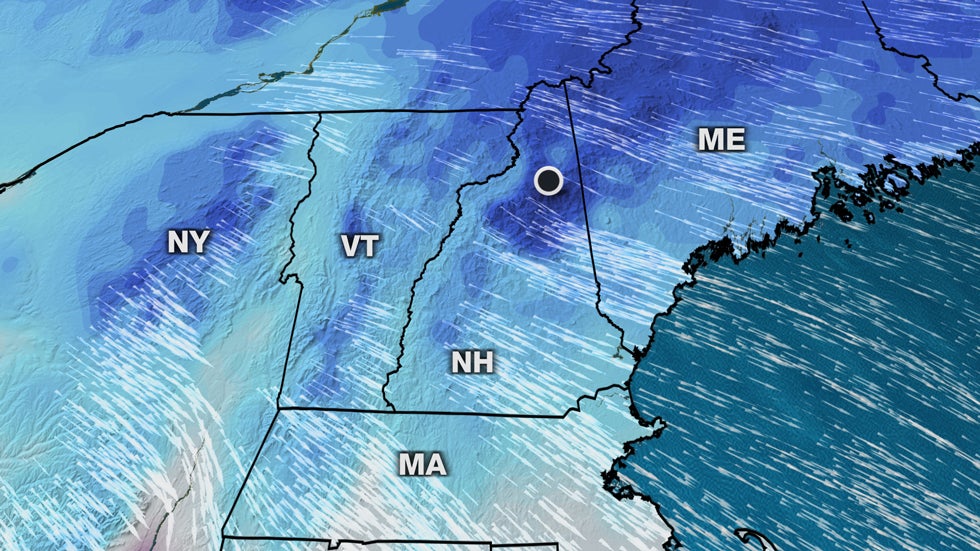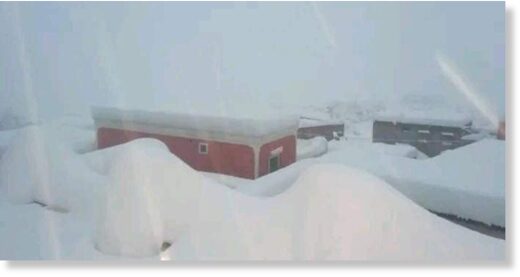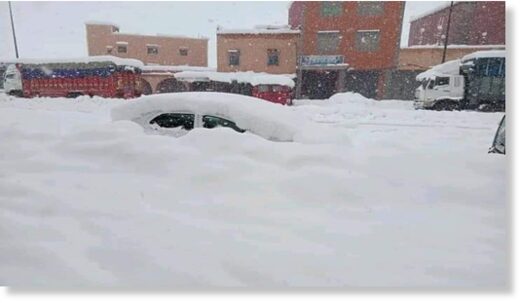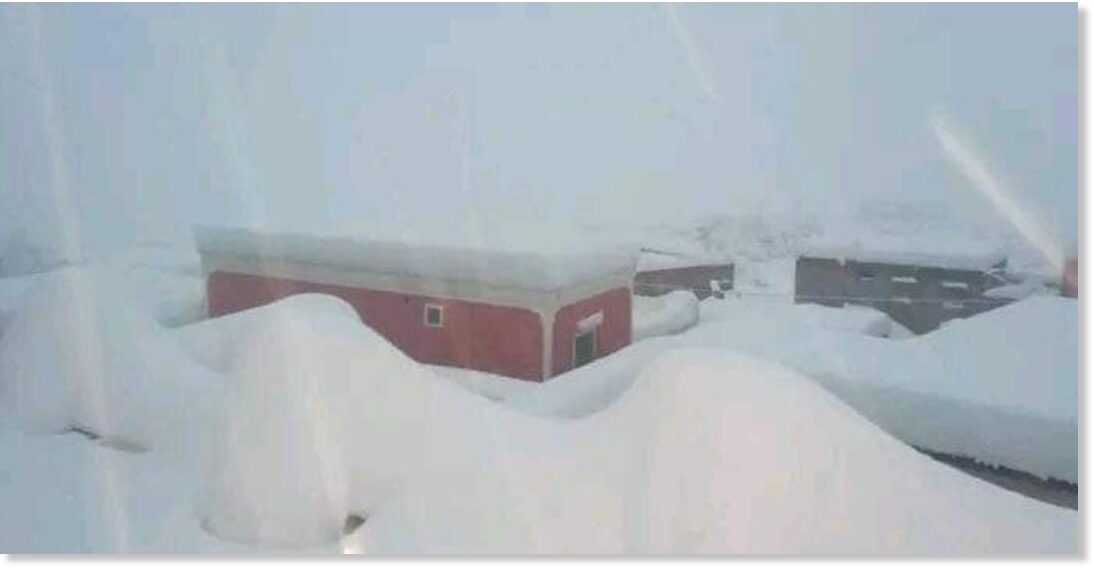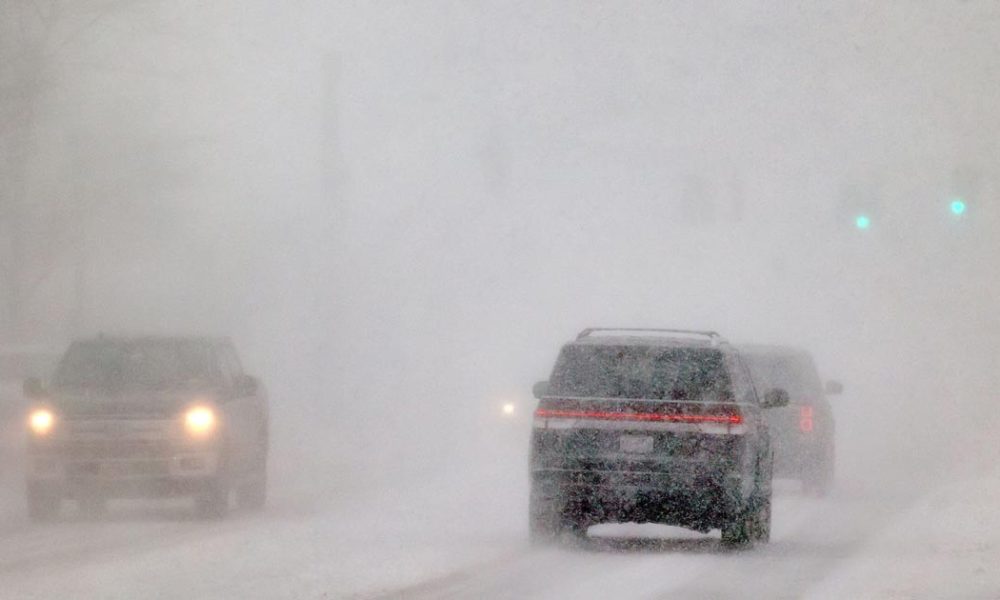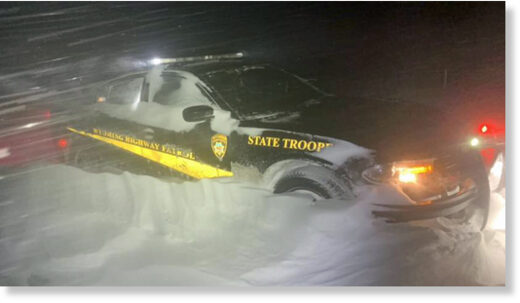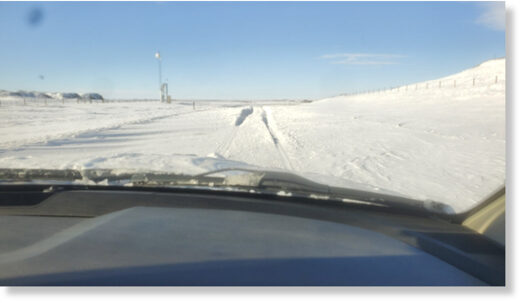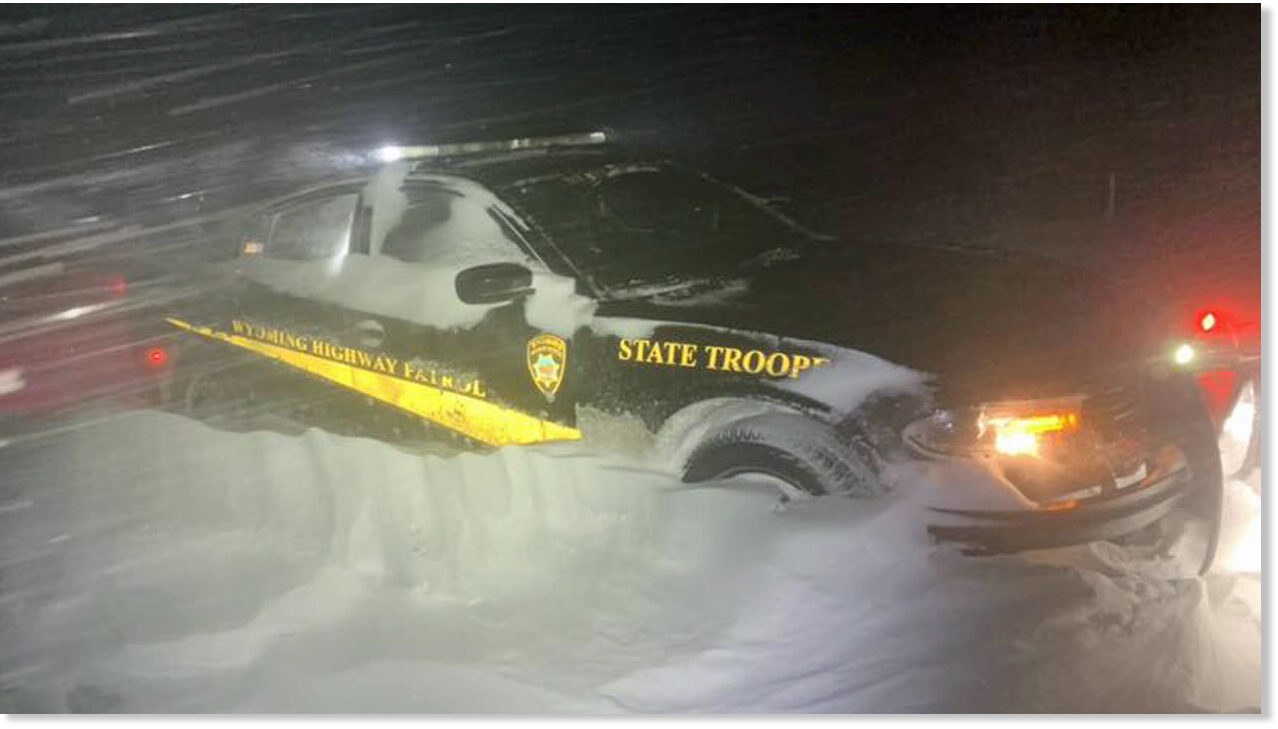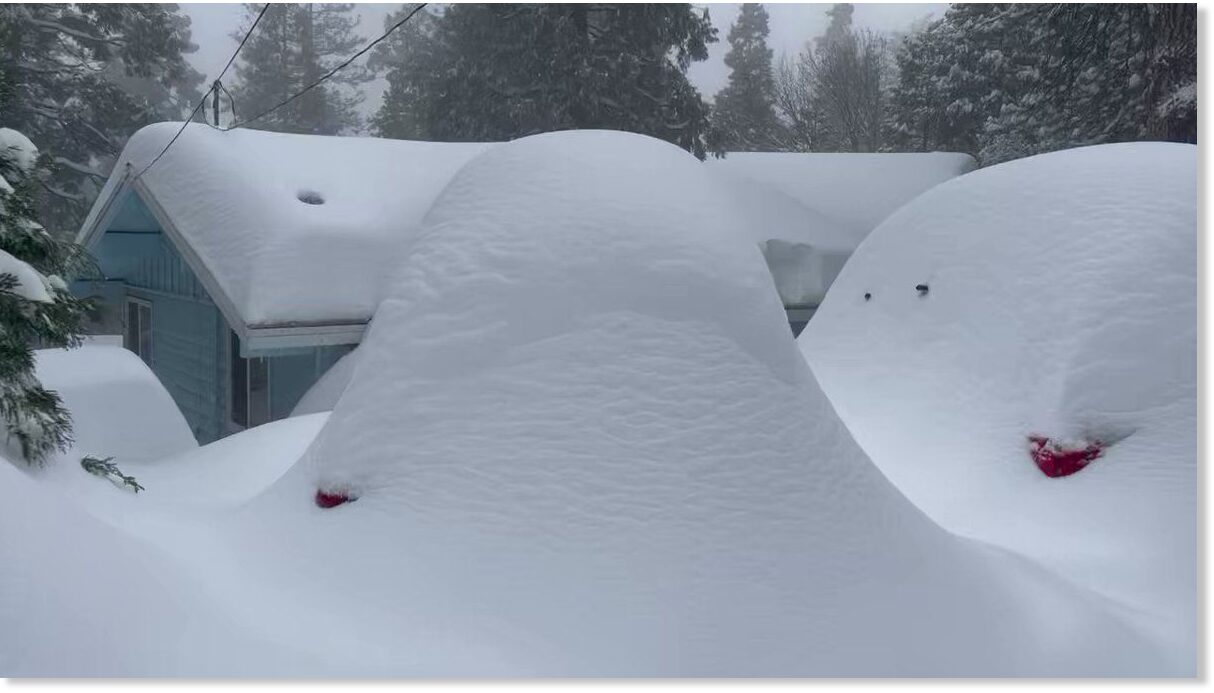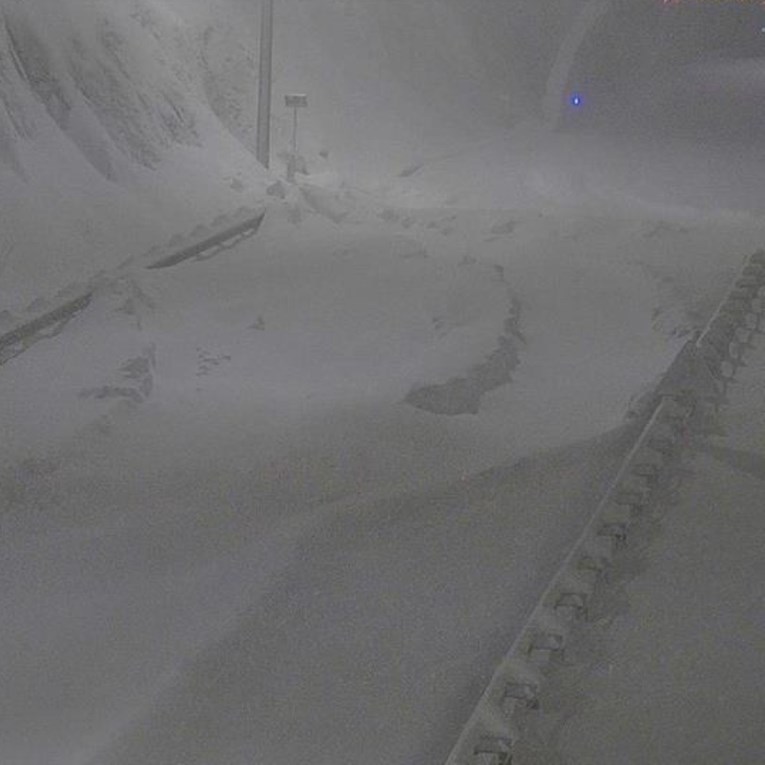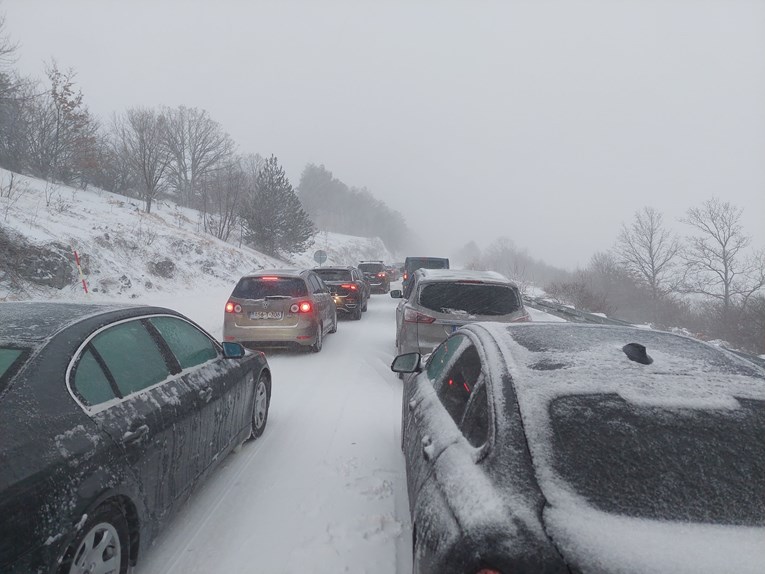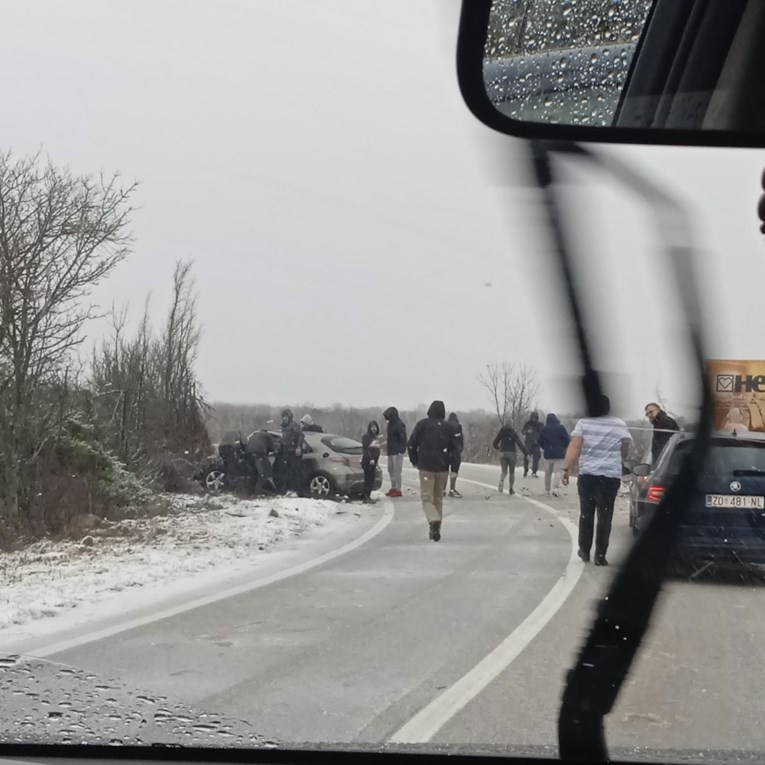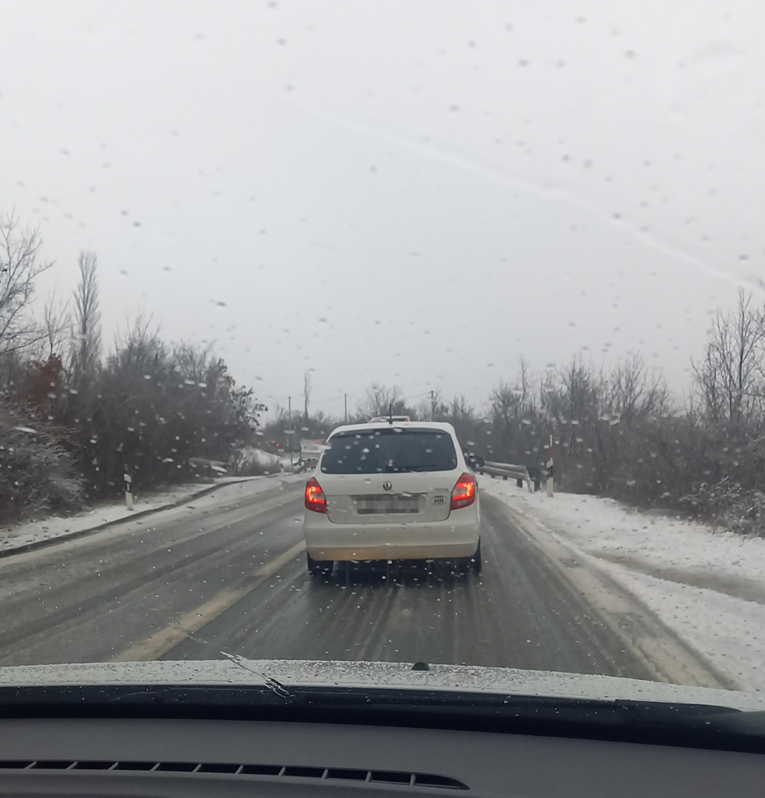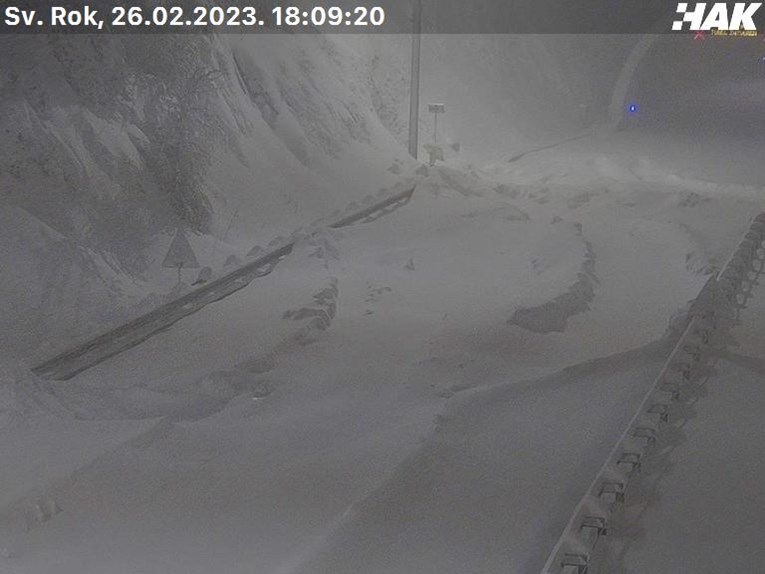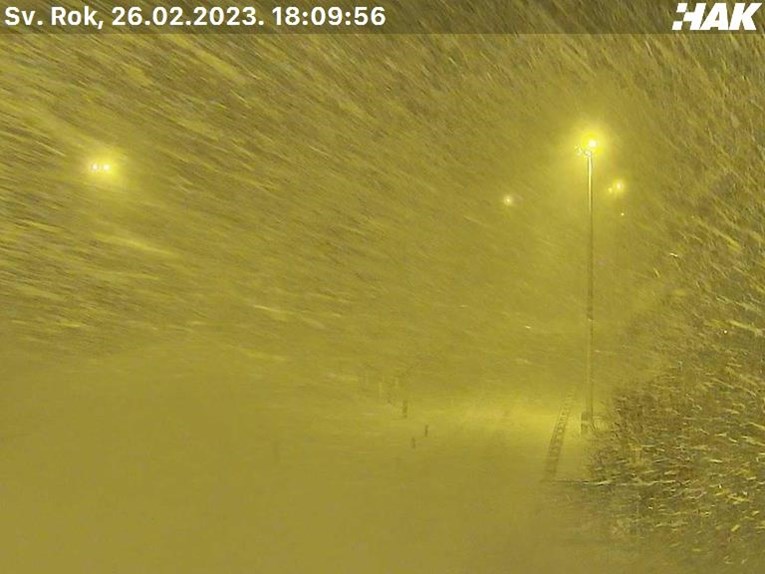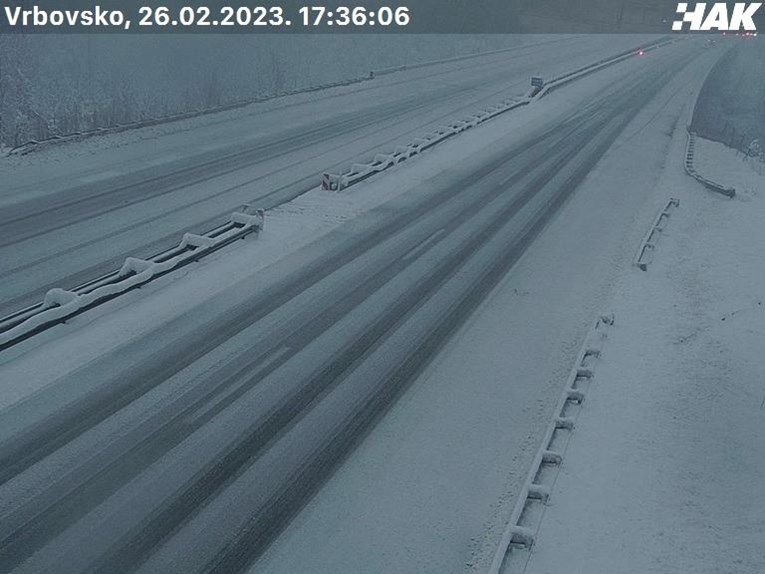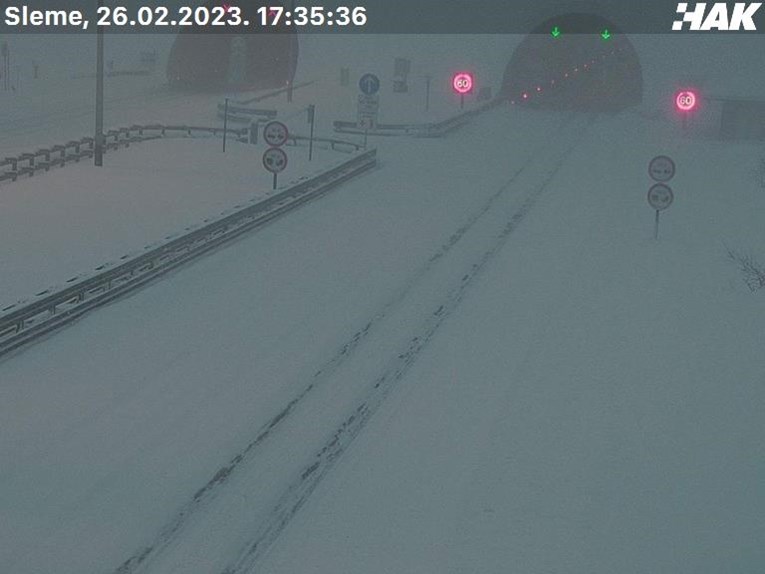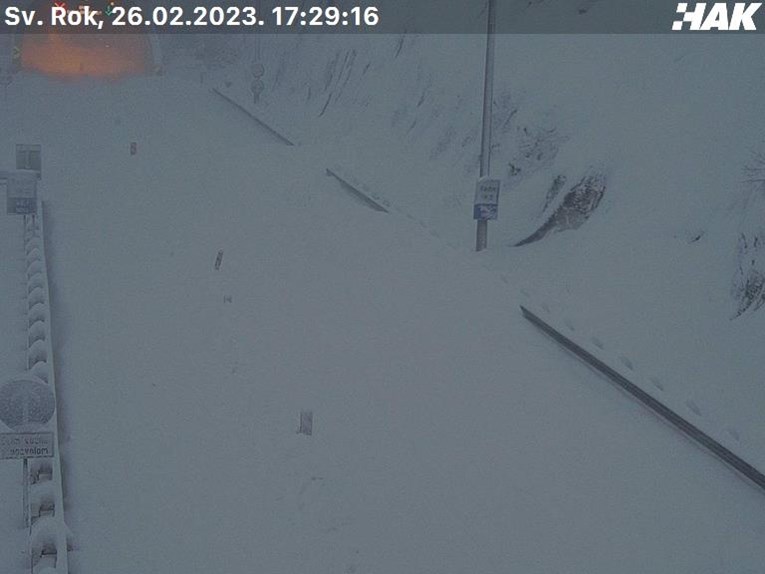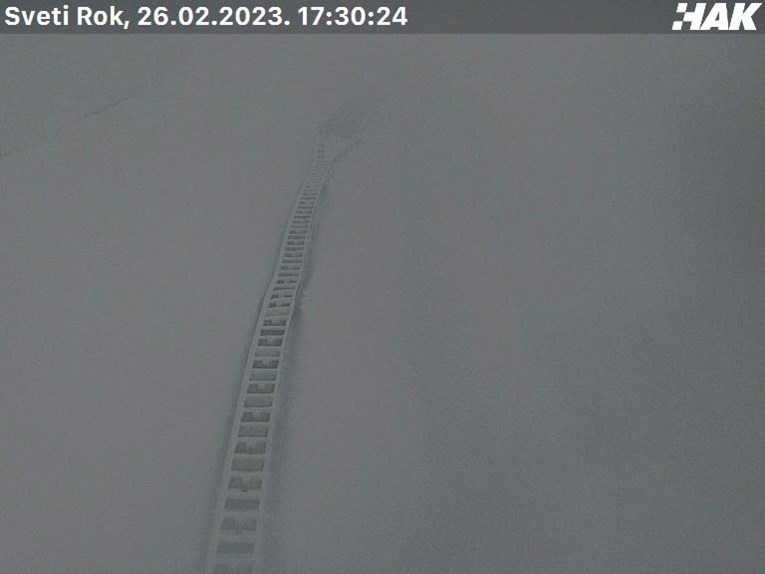Traffic Chaos: All Roads Closed Between Dalmatia and Interior
February 26, 2023 - From 14:30 onwards, due to meteorological conditions, there is no free road direction for any group of vehicles from the direction of Dalmatia towards the interior and vice versa, reports HAK/Index.hr. Winter road maintenance is in progress, so there are frequent delays...

www.total-croatia-news.com
February 26, 2023 - From 14:30 onwards, due to meteorological conditions, there is no free road direction for any group of vehicles from the direction of Dalmatia towards the interior and vice versa,
reports HAK/Index.hr.
Winter road maintenance is in progress, so there are frequent delays behind winter service vehicles, which move more slowly.
...
All roads between Dalmatia and the interior are closed. "We wait in line for hours"
OD 14:30 sati do daljnjega zbog meteoroloških uvjeta nema slobodnog cestovnog pravca za sve skupine vozila iz smjera Dalmacije prema unutrašnjosti i obrnuto, javlja HAK.
www.index.hr
12 minutes ago
PHOTO This is what the highway near the Sveti Rok tunnel looks like
At the Sveti Rok tunnel, drifts of snow have formed, and the photos show the situation at 18:50.
31 minutes ago
"General collapse, crowd and accident in Radučić"
In Radučić near Knin, there was a queue due to snow and a traffic accident, reports a reader of Index. "General collapse, crowd and accident in front of us in Radučić. We are 18 km from Gračac, but we cannot pass because of the weather and, of course, people standing in the opposite traffic lane."
38 minutes ago
"We wait in line for hours, we can't get to the reception center"
Index is contacted by readers who are stuck on the roads.
"A pile of cars has been waiting in line for three hours at the address Otrić 62, 23440 Gračac. It looks like everyone will spend the night in the cars. After strong requests to HAK to send a plow or help to help us get to Gračac, where the reception center is open, they received We are informed that they are only an information center and that the services are doing their job. It looks like we will all spend the night in the snow on the road," writes the reader.
We were also contacted by a reader who was on the D1 road, 18 km from Gračac, just before 6 p.m. "There is a plow a few meters in front of us, but we have no information why it is standing with us in the column," he says.
An hour ago
Open reception center in Gospić
A reception center for travelers stuck in traffic has been opened in GRAČAC, at the address Nikola Tesla 37, near the bridge, the Directorate of Civil Protection of the Republic of Croatia reported, since traffic between Dalmatia and the interior is currently stopped due to the storm.
The reception center in Gospić, Miroslava Kraljevića 19 (area of the City Sports Hall), is also available to travelers, where, along with refreshments, there is also the possibility of accommodation.
An hour ago
This is what the entrances to the Sveti Rok tunnel currently look like
An hour ago
Reception center opened in Gračac for passengers stuck in traffic
In Gračac, a reception center for passengers stuck in traffic has been opened, at Nikola Tesla 37, near the bridge.
Winter conditions on the A6
Winter conditions on the A6 Rijeka-Zagreb between Kikovica and Bosiljevo II junctions. A gale blows along the coast, occasionally with storm and hurricane gusts. Certain ferry, catamaran and boat lines are suspended.
HAK advises drivers to adapt their speed and driving style to the road conditions, maintain a safe distance between vehicles and do not set off without appropriate winter equipment.
2 hours ago
It is snowing near the Sveti Rok tunnel, visibility is low
2 hours ago
HACK: There are a large number of vehicles at the rest areas, do not start the road towards Dalmatia and vice versa
Until further notice, there is no free road direction for any group of vehicles from the direction of Dalmatia towards the interior and vice versa, reports HAK. Due to the large number of vehicles that have already been excluded from traffic at rest areas and parking places, we advise you not to travel on the specified route.
...
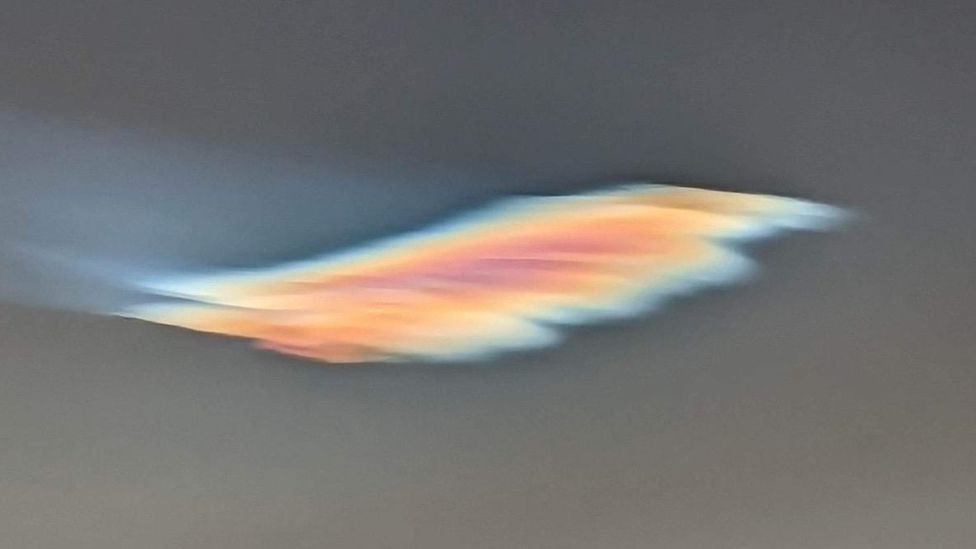
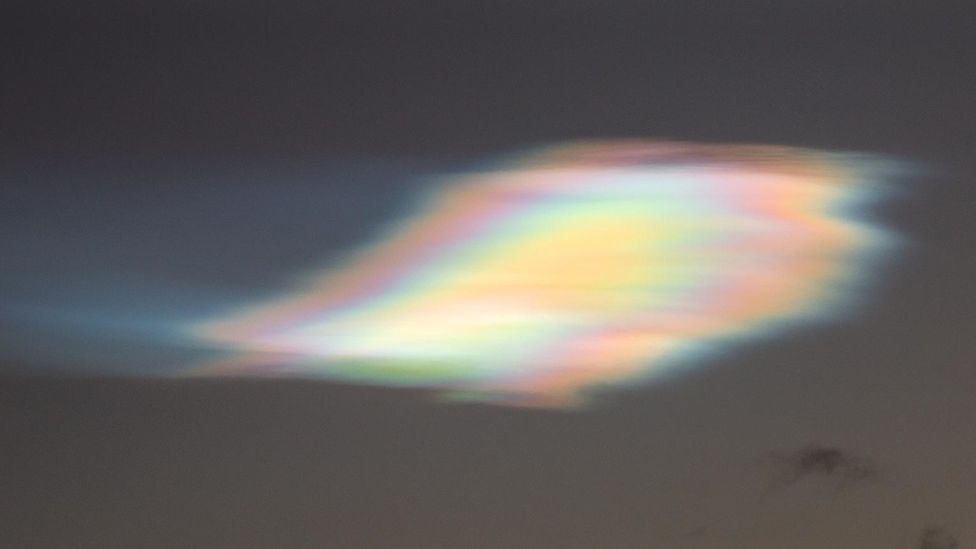
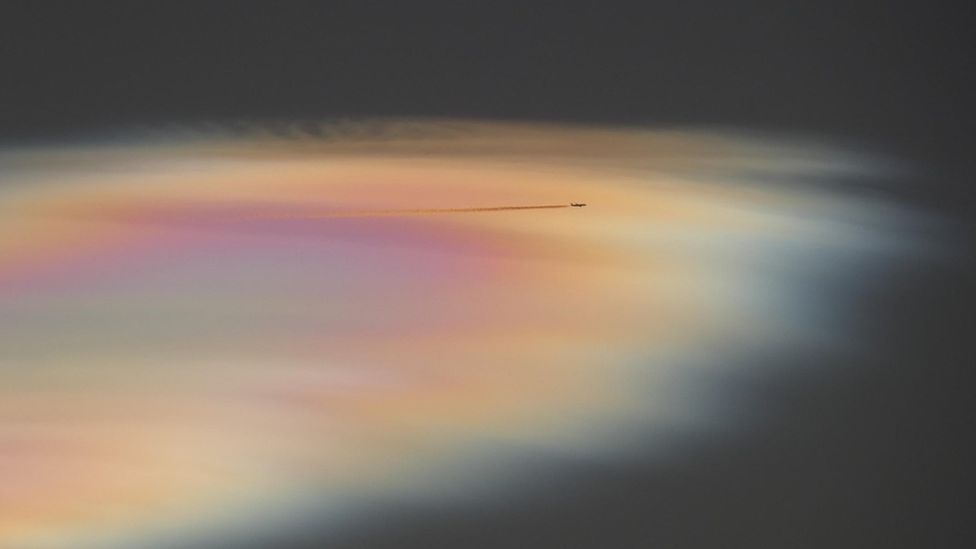
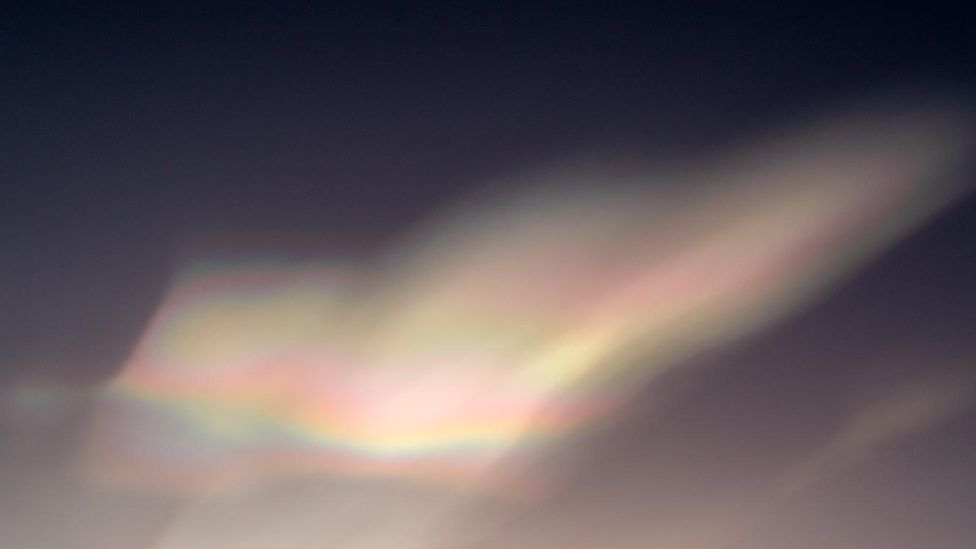
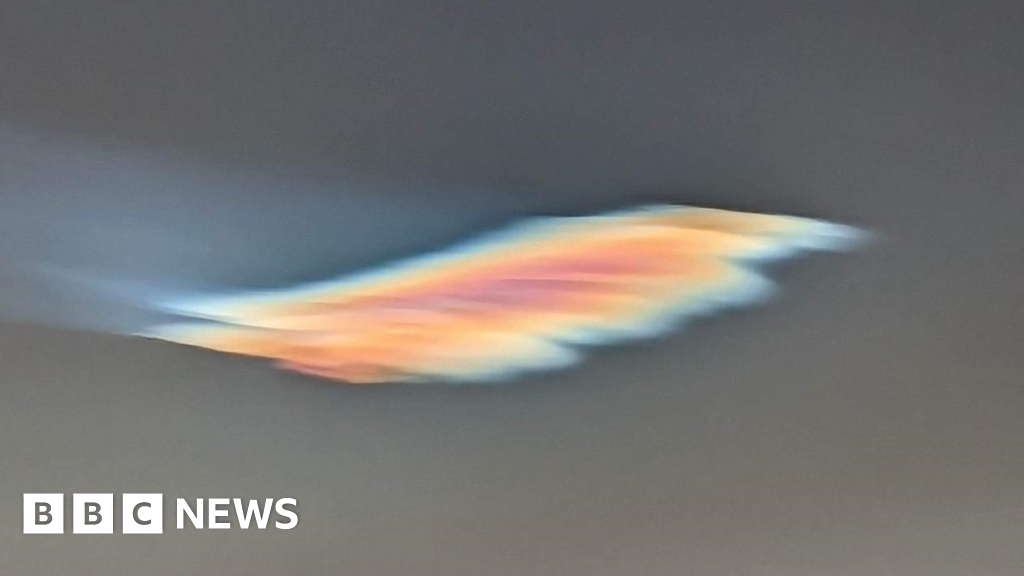
www.bbc.com

